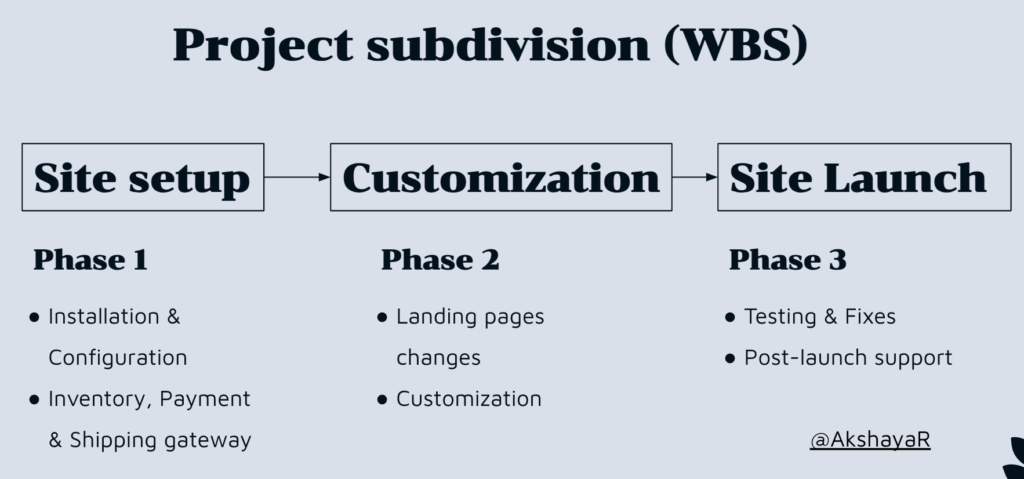Project planning is often overlooked, yet it plays a crucial role in the success of any software project management endeavor. In this article, we will explore the essential points that you must follow to ensure successful project delivery.
Prerequisites
Before diving into the project planning process, it is important to ensure prerequisites are in place. Firstly, you should have a well-defined project scope, outlining the boundaries and objectives of the project. Additionally, project feasibility should be thoroughly assessed to determine its viability within given constraints. Any assumptions related to the project should be identified and documented.
Furthermore, it is essential to have clear project acceptance criteria defined and approved by the client. These criteria will serve as benchmarks for measuring the project’s success.
Once these prerequisites are met, you can embark on the project planning phase, collaborating with your team members who will be involved in the project.
WBS (Work Breakdown Structure)
In the WBS (Work Breakdown Structure) phase, you will divide the project into phases or milestones, and within each phase, you will further break it down into smaller activities or to-do tasks.
Let’s take an example of a vendor planning to launch their eCommerce business online. The WBS for this project might look like this:

This division will happen up to the level where further division is not possible. The lower level node can be termed as – Work Packages.
Breaking down the project into this level of detail is crucial for effective execution and ensuring that everyone on the team has a clear understanding of the tasks involved. It provides several benefits
- Helps understand task dependencies.
- Identifies any ambiguities within the project.
- Facilitates estimation of effort and cost for each activity.
- Enables easier monitoring of work progress.
Project Schedule plan
After breaking down the project into smaller activities and determining the effort required for each activity, it’s time to create a rough plan to estimate the project’s timespan. However, keep in mind that this plan will be further refined in the following steps.
To create the plan, you can utilize a project management tool that allows you to create individual tasks and assign start and end dates. Some tools even generate a Gantt Chart automatically based on the inputted data. The timespan derived from this plan will provide insights into the project’s duration and help you identify any need for alternative arrangements if the timeline conflicts with client deadlines or external factors.
Since you are handling multiple projects, it’s essential to ensure that team members are not overloaded or underutilized. Optimal utilization of their bandwidth is crucial. Many project management tools offer features to manage team member availability and workload. Alternatively, you can utilize scheduling tools like Float to effectively manage team member schedules.
Risk & Mitigation
Risks can be categorized as known or unknown.
Known risks are those that arise from assumptions made in the project scope, and it’s important to identify them. Mitigation plans should be developed to address these known risks proactively.
On the other hand, unknown risks are unpredictable events that may impact the project timeline or resources. For instance, if a team member becomes unavailable due to an emergency, it might take time for a backup member to understand the system and take over, resulting in a potential schedule delay.
To account for these risks and uncertainties, it is advisable to keep the rough plan we created for internal purposes and add a buffer when sharing it with the client. The buffer allows for flexibility and accommodates any changes or unforeseen circumstances that may arise, ensuring a smoother project execution.
In conclusion, project planning involves
- Dividing the project into smaller work packages.
- Assigning tasks to individuals considering task dependencies
- Ensuring team members are not overloaded
- Identifying and mitigating potential risks.
By following these steps, project managers can establish a solid foundation for successful project execution.

Leave a Reply